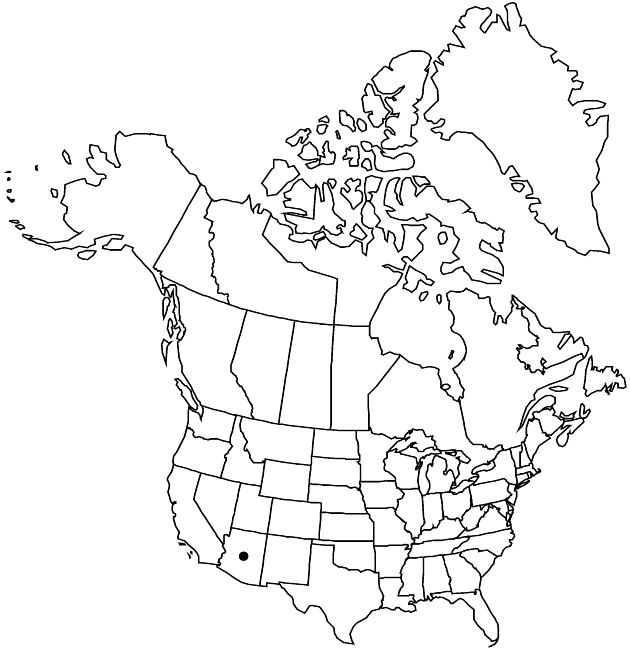Erigeron velutipes
Bot. Beechey Voy., 434. 1841.
Annuals, 5–20 cm; taprooted. Stems usually erect, sometimes ascending, sparsely hispido-pilose (hairs 0.5–1.5 mm), densely and minutely stipitate-glandular. Leaves basal (and proximal cauline abruptly withering) and cauline; basal and proximal cauline blades lanceolate-obovate to narrowly obovate-spatulate, 80–650 × 4–16 mm, cauline reduced, margins usually with 1–2(–3) pairs of shallow teeth, sometimes entire, faces sparsely hispido-pilose, minutely glandular. Heads 1(–3). Involucres 2.5–3.5 × 5–7(–9) mm. Phyllaries in 2–3 series, sparsely hispido-pilose, minutely glandular. Ray florets 50–75; corollas white to bluish, drying blue, 3.5–5.5 mm, laminae not coiling or reflexing. Disc corollas 1.7–2.4 mm. Cypselae 0.8–1.1 mm, 2-nerved, faces sparsely strigose; pappi: outer of setae, inner of ca. 20 bristles. 2n = 54.
Phenology: Flowering Mar–May.
Habitat: Moist soil at edge of seep
Elevation: 1300–1400 m (400–2600 m in Mexico)
Discussion
Erigeron velutipes is known from a single locality in southern Arizona. It is closely similar to E. lobatus and E. piscaticus. The group needs detailed study.
Selected References
None.
